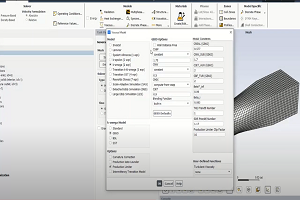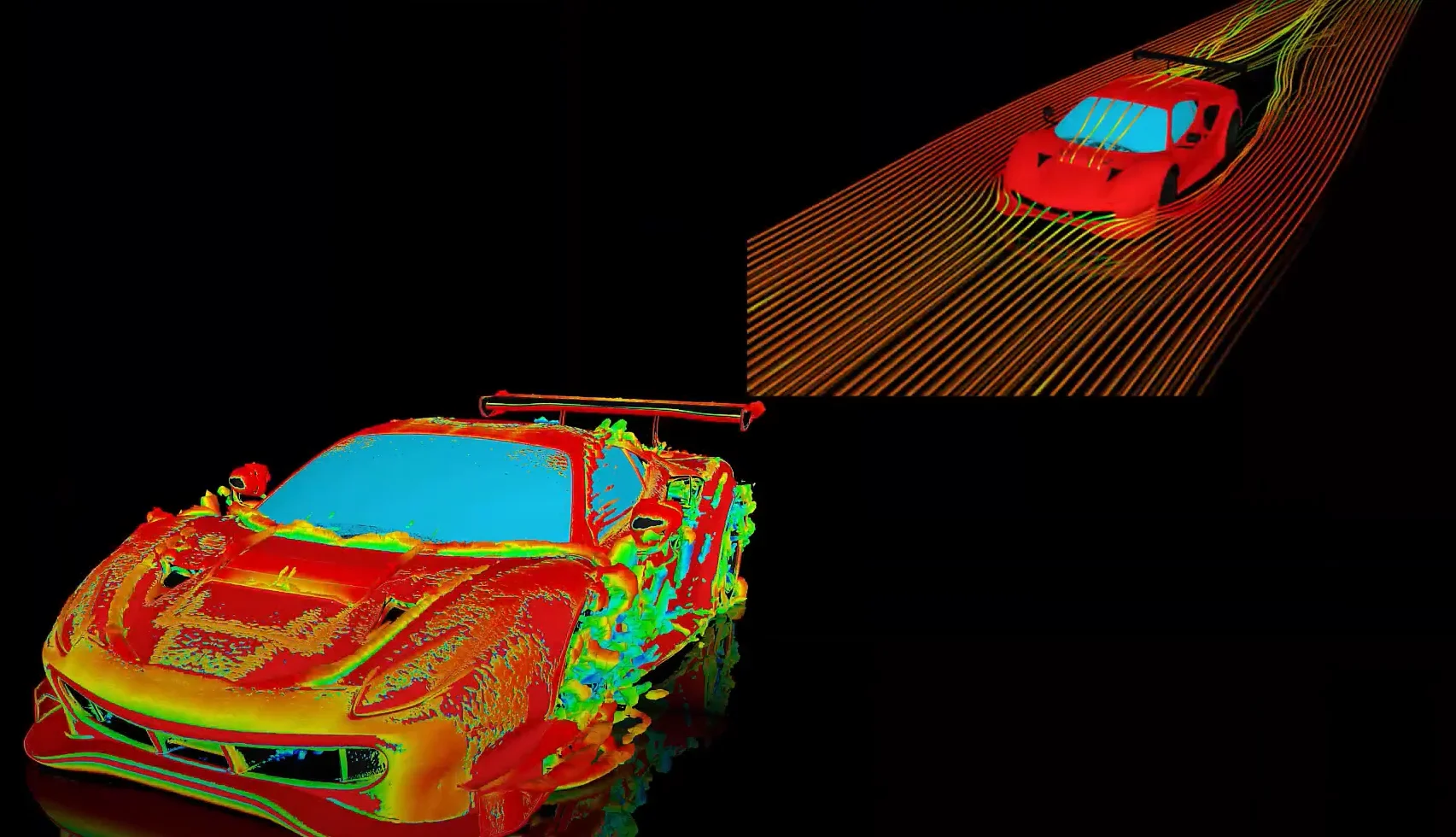Tagged: 14, fluent, fluid-dynamics, General
-
-
March 17, 2023 at 8:58 am
 FAQParticipant
FAQParticipantThis can be caused by one of two problems with the geometry. (1) Part of the mesh lies below the axis boundary. Do a Mesh->Check to make sure it does not report something like this: Checking for nodes that lie below the x-axis. WARNING: Invalid axisymmetric mesh: 6 nodes lie below the x-axis. and WARNING: Mesh check failed. For axisymmetric problems in Fluent, it is a requirement that the axial direction must always be along the x-axis and the radial direction is in the positive y-direction. If the y-coordinate for any of the nodes in the mesh is negative, even if it is only a very small negative value like -1e-32 m, the solution will fail. To fix this: Use Mesh->Translate and move the geometry so ymin is positive. You can use Mesh > Scale to determine the minimum y-coordinate and thus how far it needs to be moved (2) Part of the axis boundary has been accidentally defined as a wall This can sometimes happen in the preprocessor if the axis consists of a large number of edges and one or more edges are accidentally not included when the named selection is created. Models which have one or more very short edges on the axis are susceptible to this because it may be very hard to see whether or not they have been selected in the graphics window. If the mesh check does not identify any nodes below the x-axis, this is reason for the divergence. The most common way to correct the problem is to use the grid display to display each wall, one at a time, to locate the ones that are on the axis. The boundary conditions type can then be changed from wall to axis in Fluent
-


Introducing Ansys Electronics Desktop on Ansys Cloud
The Watch & Learn video article provides an overview of cloud computing from Electronics Desktop and details the product licenses and subscriptions to ANSYS Cloud Service that are...

How to Create a Reflector for a Center High-Mounted Stop Lamp (CHMSL)
This video article demonstrates how to create a reflector for a center high-mounted stop lamp. Optical Part design in Ansys SPEOS enables the design and validation of multiple...

Introducing the GEKO Turbulence Model in Ansys Fluent
The GEKO (GEneralized K-Omega) turbulence model offers a flexible, robust, general-purpose approach to RANS turbulence modeling. Introducing 2 videos: Part 1 provides background information on the model and a...

Postprocessing on Ansys EnSight
This video demonstrates exporting data from Fluent in EnSight Case Gold format, and it reviews the basic postprocessing capabilities of EnSight.

- How to overcome the model information incompatible with incoming mesh error?
- Is there a way to get the volume of a register using expression ?
- Skewness in ANSYS Meshing
- What are the requirements for an axisymmetric analysis?
- Fluent GPU Solver Hardware Buying Guide
- What are pressure-based solver vs. density-based solver in FLUENT?
- How to create and execute a FLUENT journal file?
- How to get information about mesh cell count and cell types in Fluent?
- What is a .wbpz file and how can I use it?
- How can I Export and import boxes / Systems from one Workbench Project to another?

© 2026 Copyright ANSYS, Inc. All rights reserved.

